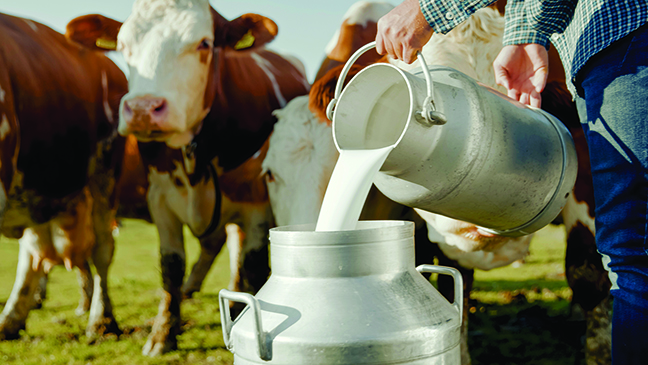Air quality is getting better, but hurdles are continuing


Clean Air Month is recognized every May, emphasizing the importance of clean air, and the impact it has on health and environment. This Clean Air Month, the DNR’s Air Management Program is highlighting the nonattainment challenges facing Wisconsin, and sharing resources available for individuals, businesses and communities, to stay informed about air quality.
Wisconsin’s air quality successes over the last 20 years, include an 88 percent decrease in sulfur dioxide concentrations, a 26 percent decrease in fine particle pollution and a 21 percent decrease in statewide ozone concentrations. Still, even as air pollution has declined over the past few decades, that trend has slowed in recent years.
Additionally, impacts from increased wildfire activity make it more challenging to meet today’s U.S. Environmental Protection Agency (EPA) air quality standards.
Ozone pollution remains a particularly complex challenge for Wisconsin. The EPA estimates Wisconsin contributes no more than 10 percent of the ozone concentrations measured in ozone nonattainment areas, while other states contribute as much as 50 percent (the remaining contributions are from non-state sources, like emissions from natural sources).
Ozone forming pollutants – volatile organic compounds (VOCs) and nitrogen oxides (NOx) – are emitted by upwind states and transported over Lake Michigan, where they react and form ozone, which is then carried onshore, via lake breezes. This process can often lead to elevated ozone levels in Wisconsin’s lakeshore counties, even though a large portion of that pollution comes from other states.
Wisconsin continues to seek effective federal rules to address and control pollutant transport.
“Though Wisconsin does not emit the majority of the air pollution currently in the state, we are responsible for meeting federal air quality standards, regardless of where the pollutants originate,” said DNR Air Management Program director Gail Good.
Clean Air Month is a great time to focus on actions the public can all take to contribute to better air quality and learn how air quality can affect human health.
The DNR’s updated air quality data map, launching in June, will make it even easier to access the near real-time data from the state’s air monitoring network and understand when air quality events may impact health.


